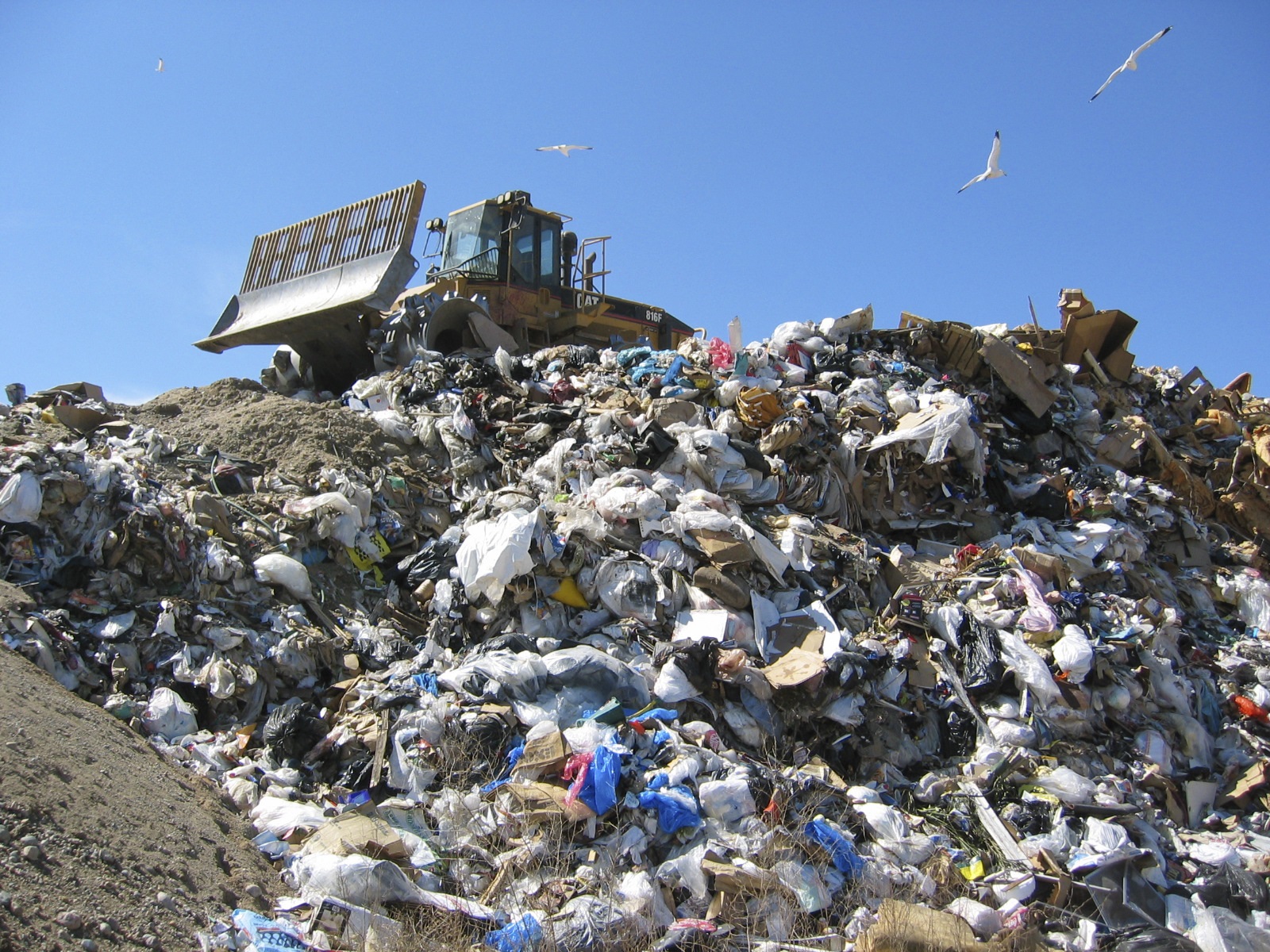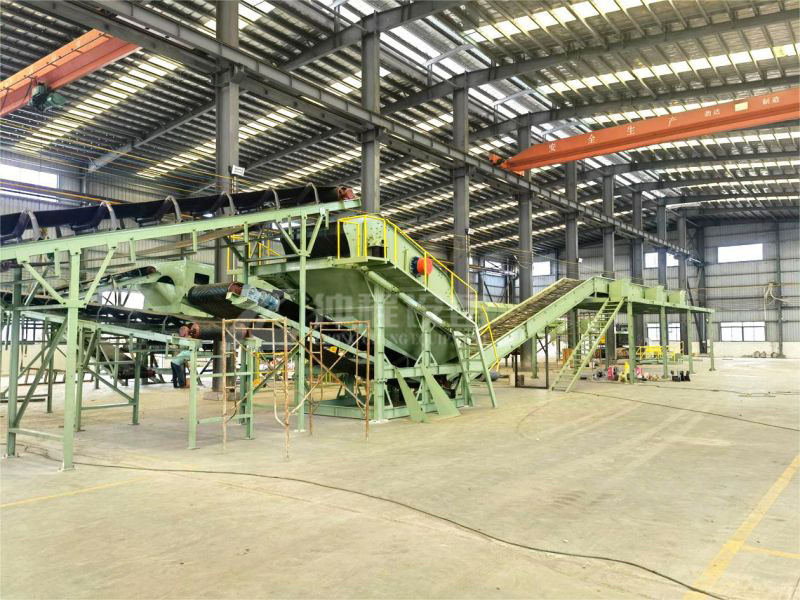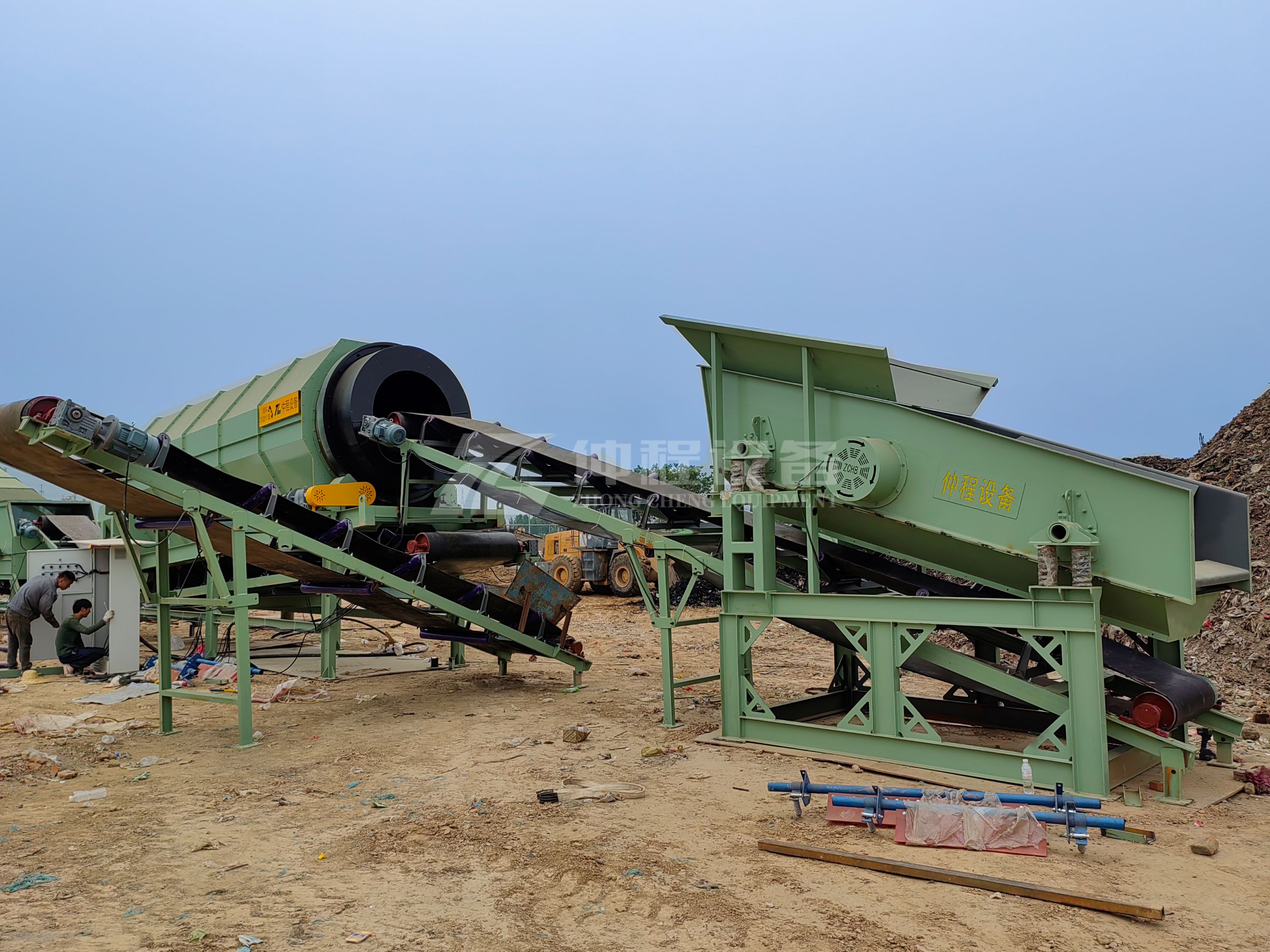How to Choose Waste Sorting Equipment
In the modern era of environmental consciousness and sustainability, waste sorting has become an essential part of waste management practices. The right waste sorting equipment can significantly enhance the efficiency and effectiveness of recycling processes, reduce landfill use, and contribute to a more sustainable future. However, with a plethora of options available on the market, selecting the appropriate waste sorting equipment can be a daunting task. This article aims to guide you through the process of choosing the best waste sorting equipment for your needs and highlights the key points to consider when making a purchase.

1. Understand Your Needs
Before diving into the technical specifications and features of different machines, it's crucial to have a clear understanding of your specific requirements. Consider the types and volumes of waste you need to sort, as well as the space available for installation. For instance, if you're dealing with large volumes of construction and demolition debris, you might require heavy-duty machinery with robust screening capabilities. Conversely, a smaller operation focused on household recyclables might benefit from more compact and versatile systems.
2. Technology and Functionality
The technology behind waste sorting equipment is constantly evolving, incorporating advanced sensors, artificial intelligence, and robotics to improve accuracy and speed. Look for systems that offer high precision in material identification and separation, such as those equipped with optical sorters, magnets, eddy current separators, and air classifiers. The integration of these technologies can greatly enhance the purity and quality of sorted materials.
3. Capacity and Throughput
Capacity and throughput are critical factors that will impact the overall efficiency of your operations. Ensure that the equipment you choose can handle the volume of waste you expect to process daily or weekly without becoming a bottleneck in your workflow. It's also wise to consider potential future growth when selecting equipment, opting for models that offer scalability and flexibility.

4. Cost and ROI
While initial cost is often a primary concern, it's equally important to evaluate the total cost of ownership over time. This includes not only the purchase price but also maintenance, energy consumption, and any necessary upgrades. Additionally, consider the return on investment (ROI) that the equipment will provide through improved processing efficiency, reduced labor costs, and the ability to generate revenue from higher-quality recycled materials.
5. Environmental Impact
Choosing environmentally friendly equipment aligns with the principles of sustainable waste management. Look for machines that are designed to minimize noise pollution, reduce dust emissions, and conserve energy. Some manufacturers also offer recycling programs for their equipment at the end of its life cycle, which can further mitigate environmental impacts.
| Model | Length Range | Segment No. | Aperture Size | Power (Kw) | Inclined Angle | Max. Material Size | Rotating Speed(rpm) |
| ZCφ600 | 2-4m | 1-2 | ≤30mm | 2.2-3 | 0-7° | 60mm | 12-18 |
| ZCφ800 | 2-5m | 1-3 | ≤50mm | 3-5.5 | 0-7° | 100mm | 12-18 |
| ZCφ1000 | 2-6m | 1-4 | ≤100mm | 4-11 | 0-7° | 150mm | 10-18 |
| ZCφ1200 | 3-8m | 1-4 | ≤150mm | 5.5-18.5 | 0-7° | 200mm | 9-15 |
| ZCφ1500 | 3-10m | 1-5 | ≤200mm | 7.5-22 | 0-7° | 250mm | 9-15 |
| ZCφ1800 | 4-12m | 1-5 | ≤220mm | 7.5-22 | 0-7° | 270mm | 8-15 |
| ZCφ2000 | 5-15m | 1-5 | ≤250mm | 11-30 | 0-7° | 300mm | 8-12 |
| ZCφ2500 | 5-18m | 1-6 | ≤300mm | 11-30 | 0-7° | 350mm | 8-12 |
6. Supplier Reputation and Support
The reliability and reputation of the supplier are vital considerations. Research the company's history, customer reviews, and industry standing. A reputable supplier will not only provide quality equipment but also offer comprehensive after-sales support, including installation, training, and ongoing maintenance services.
7. Compliance and Safety Standards
Ensure that the equipment meets all relevant safety and regulatory standards for your region. This includes compliance with environmental regulations, worker safety guidelines, and any specific requirements for handling hazardous materials.

Selecting the right waste sorting equipment is a multifaceted decision that requires careful consideration of various factors. By understanding your specific needs, evaluating technological capabilities, and assessing long-term costs and benefits, you can make an informed choice that supports efficient, sustainable waste management practices. Engaging with experienced suppliers and staying abreast of industry trends can also help ensure that you invest in solutions that will serve your operations well into the future.
-
 Trommel screenTrommel screen, also known as drum screens, are widely used in various industries for sorting and separating materials.Get Quote
Trommel screenTrommel screen, also known as drum screens, are widely used in various industries for sorting and separating materials.Get Quote -
 Crop straw double shaft shreddApplications:Biomass Energy Production: Shredded straw can be used as a feedstock for bioenergy plants to produce electricity or heat.Livestock Feed: Reduced-si...Get Quote
Crop straw double shaft shreddApplications:Biomass Energy Production: Shredded straw can be used as a feedstock for bioenergy plants to produce electricity or heat.Livestock Feed: Reduced-si...Get Quote -
 Zhongcheng Air Drum SeparatorAir drum separators effectively separate lightweight materials (e.g., plastics, paper) from heavier materials (e.g., metals, glass). This high efficiency is cru...Get Quote
Zhongcheng Air Drum SeparatorAir drum separators effectively separate lightweight materials (e.g., plastics, paper) from heavier materials (e.g., metals, glass). This high efficiency is cru...Get Quote
-
2023-01-12Disc ScreenDisc screen, also known as a disc scalping screen, is a mechanical device used to separate materials based on size. It is commonly used in industries such as wa...
-
2024-07-10msw trommel screen for waste recycling machineThis equipment is suitable for the particle classification process in all walks of life:The equipment is simple, easy to operate,and can be operated with a larg...
-
2024-08-28Scrap rubber product shredderThe shredder of waste rubber products not only helps to reduce environmental pollution, but also improves the reuse rate of waste rubber, which is one of the im...
-
2024-05-28Garbage screening drum screenTrommel screen is consisting of five parts: drum, frame, hopper, reducer and motor.After the material goes into the drum, it is screened along with the rotation...
-
2024-06-07Zhongcheng Air Drum Separator in MSWAir drum separators effectively separate lightweight materials (e.g., plastics, paper) from heavier materials (e.g., metals, glass). This high efficiency is cru...



